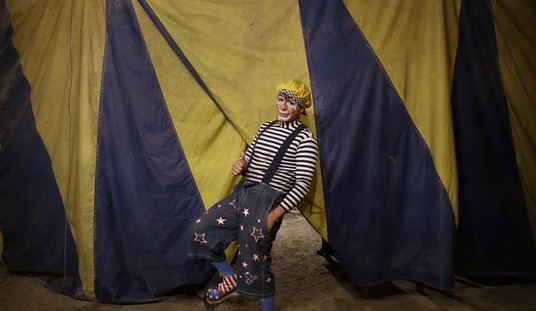After several missed opportunities and too long a wait, my wife and I finally saw The Artist last night – a lovely French movie (rated PG-13) about classic Hollywood that seems to be a shoo-in for an Academy Award in a number of important categories, and for good reason. Academy politics aside, it’s beautiful and fun. It’s also truly entertaining – and yet it asks for so little from the audience.
I had been waiting to see The Artist ever since it debuted at last year’s Cannes Film Festival. Around that time, I found the trailer via a friend’s Facebook post. It was captivating; but what really intrigued me about the movie wasn’t what the trailer hinted at, but what I knew for a fact was missing from the movie: The Artist is not only in black and white, but it’s also – for the most part – a silent movie. This is not merely a clever gimmick concocted by writer/director Michel Hazanavicius, but a creative choice that – in his skilled hands – enhances the audience’s experience of the film. For there is no easier way to enjoy a movie than to simply watch it: allowing the images to communicate the story to our retinas, which in turn transmit the story to our brain, without the additional step of interpreting dialogue interfering in the process: pure cinema. All you have to do is watch. And maybe listen to some incidental sound or an evocative film score. It is a rare experience nowadays, when so many movies inform us with a voiceover or dialogue as to what is happening on the screen (something better suited for radio, I believe).
http://www.youtube.com/watch?v=OK7pfLlsUQM
It takes a lot of skill to be able to write and direct pure cinema, so it’s understandable that movie audiences experience it so rarely. Even silent movies had to resort to the occasional title card to communicate dialogue back in the day (as does The Artist). But a recent example that comes to mind is Pixar’s Wall-E – its first act, if not the whole movie, is sparse on dialogue and lacks any voiceover narration whatsoever.
But technique aside, The Artist is entertaining. It’s fun to watch, funny and charming – and sometimes heartbreaking, as we follow fictional silent movie superstar George Valentin (personified by the perfectly cast Jean Dujardin) struggle to find a place for himself in the all-new movie industry that emerges as talkies become the norm in late 1920’s Hollywood.
Dujardin’s co-star is Bérénice Bejo, also perfectly cast as Peppy Miller, the ingenue who arrives in Hollywood at the right place and the right time – and who in a way owes her first big break to Valentin.
But there is more than just a good story here. At its heart, The Artist is a meditation on loyalty, a theme you see the director exploring constantly – and not just in the main character’s delightful give-and-take with his dog – even in the darkest implications of the most insidious of loyalties: the inflexible loyalty to oneself that is pride.
Don’t let all the awards season hype turn you off (it ain’t hype if it’s true). The Artist is a movie you’ll love to watch – and which you will not soon forget, whether you like artsy movies or not; whether you are a movie history buff or not. The movie’s artsy side is largely in its execution: everything about it is beautiful – from its attention to detail to how it tells its story. It simply works. John Goodman, James Cromwell, and Penelope Ann Miller appear in supporting roles.








Join the conversation as a VIP Member